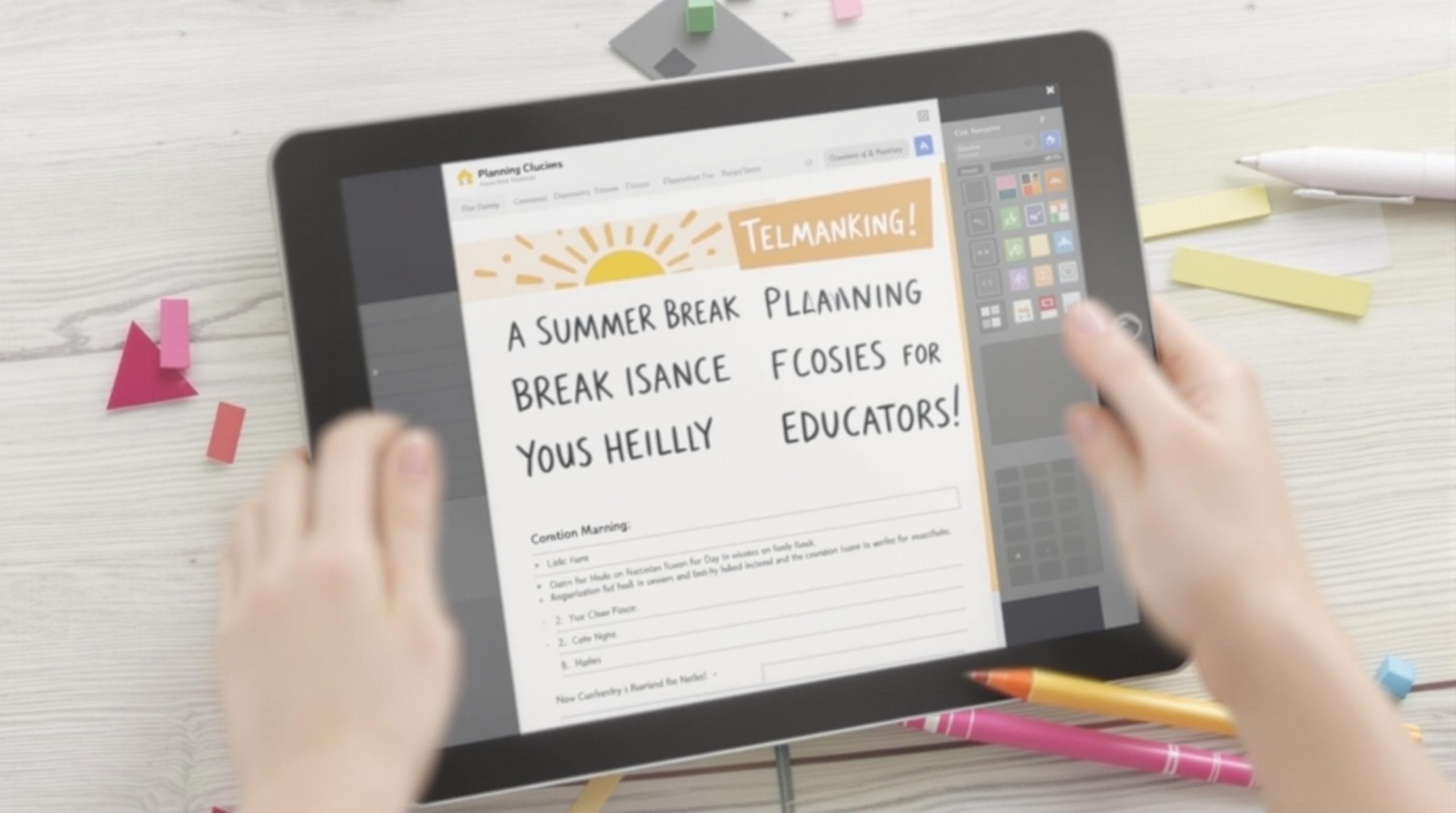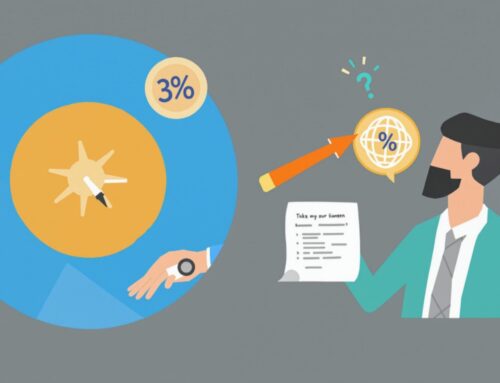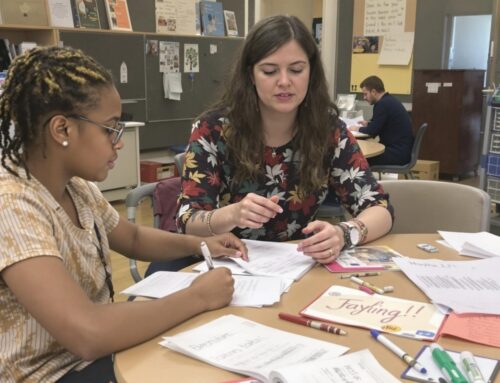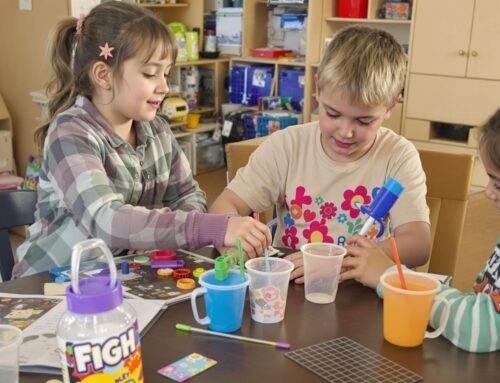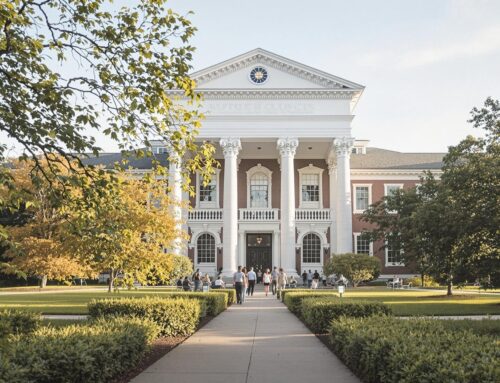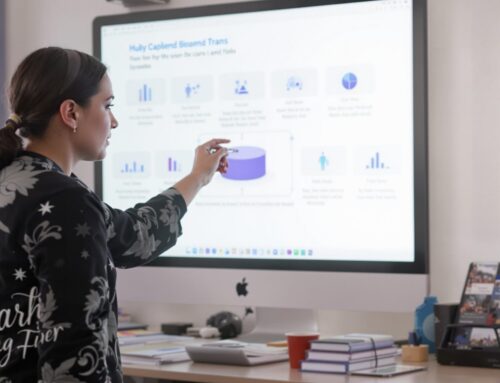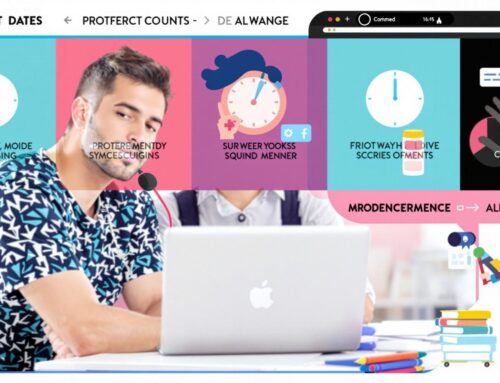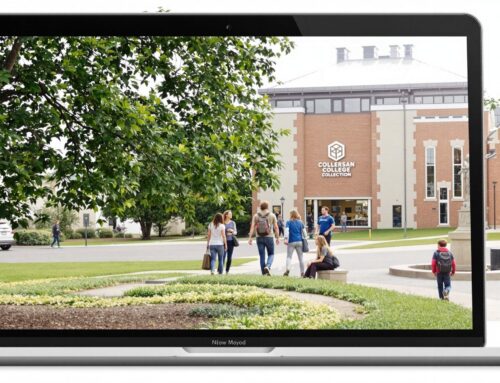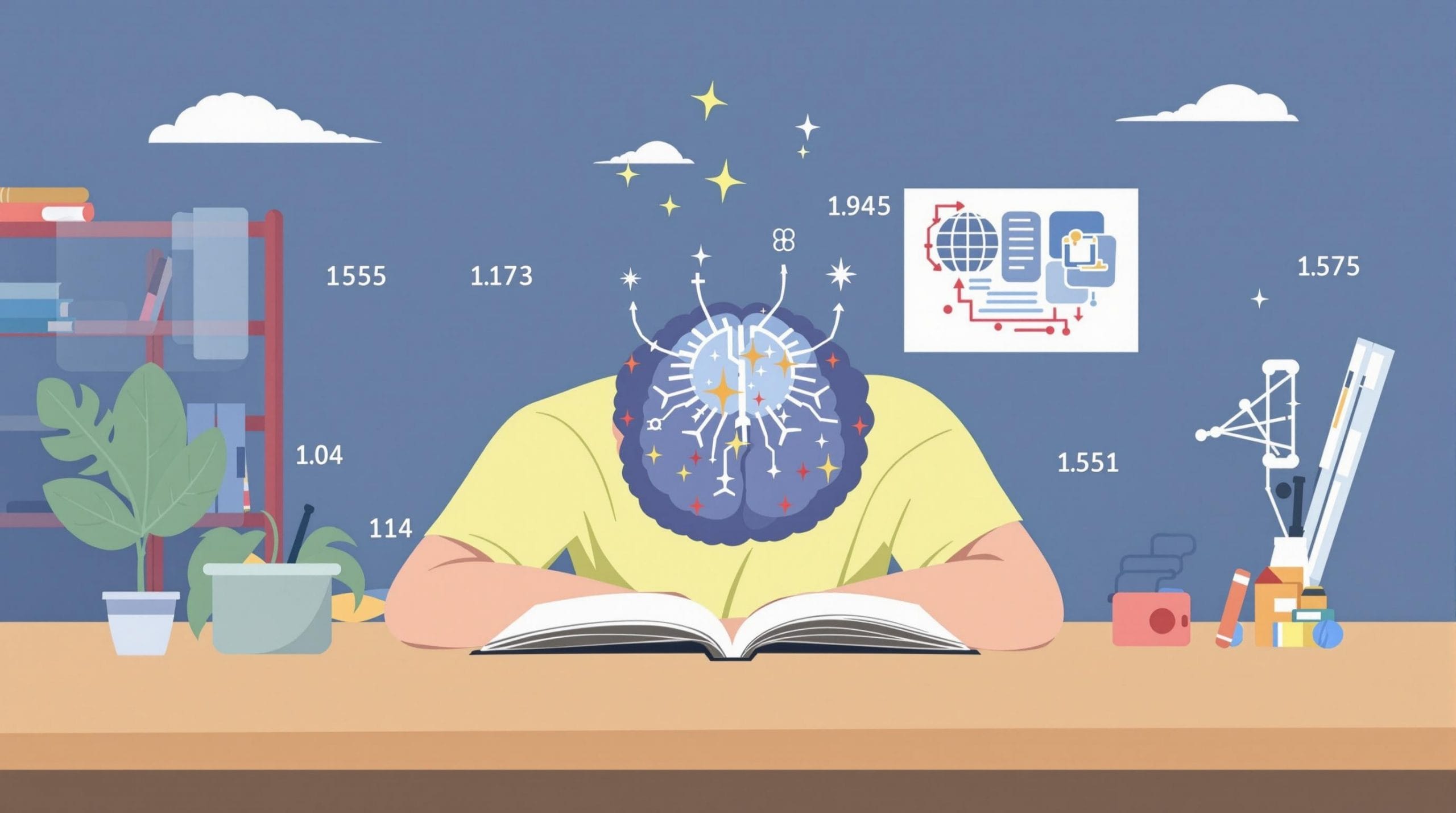The Educator’s Guide to a ‘Productive’ End of Summer (Hint: It’s Not About Working Non-Stop)
As educators prepare for another academic year, the pressure to maximize every moment of summer can lead to the very burnout they’re trying to escape. The most productive end-of-summer approach for teachers isn’t about cramming in endless preparation, but rather creating a strategic balance between rest, reflection, and purposeful back to school preparation that supports long-term academic success.
Key Takeaways
- Redefine productivity to prioritize rest and recovery over non-stop work, as teachers already work 57 hours per week during the school year
- Teachers get only 8-9 weeks of summer break on average, with 16% working second jobs compared to 4.6% of all workers
- Focus on quality professional development by selecting one or two meaningful topics rather than attempting to overhaul everything
- Mental health must be a non-negotiable priority, with 77% of teachers reporting stress and 44% experiencing burnout
- Create a three-week strategic plan that balances deep rest, reflection, and organized preparation for sustainable success
Why “Productive” Summer Doesn’t Mean Non-Stop Cramming
The traditional view of summer productivity for educators needs a complete overhaul. Teachers work an average of 57 hours per week during the school year, with 44% reporting being “always” or “very often” burned out—a rate higher than frontline healthcare workers. This end of summer productivity crisis demands a different approach.
I’ve learned that sustainable productivity arises from intentional rest and purposeful activity, not relentless work. Teachers report more job-related stress than any other industry, working nine additional hours per week compared to similar professionals while earning average salaries $18,000 lower. The summer break becomes crucial for mental and physical recovery.
Redefining productivity means recognizing that rest is productive work. When 70% of teachers take summer vacation but still feel pressure to constantly prepare, we’re missing the point. True productivity includes tracking how intentional rest—hobbies, travel, personal projects—helps educators approach the new year refreshed and energized.
Debunking the “Long Summer Break” Myth
Public perception creates unrealistic expectations about teachers’ summer freedom. The reality shows teachers get only 8-9 weeks of average summer break, with less than 5% receiving more than 11 weeks. This compressed timeframe often includes mandatory work days and non-teaching responsibilities.
Comparing U.S. teacher summer breaks to global norms reveals how time divides between personal renewal, supplemental income, and preparation work. The myth of a “carefree” summer ignores the financial and professional pressures educators face during these crucial weeks.
Understanding this reality helps both educators and the public recognize that preparing for fall semester requires strategic planning, not just extended vacation time. The limited break makes intentional use of time even more critical for teacher preparation and well-being.
The Hidden Reality: Financial Pressures During “Break”
Financial necessity drives many educators to work during their supposed break. About 16% of teachers work second jobs over summer, compared to only 4.6% of all U.S. workers. These jobs often account for up to 12% of total income for less experienced teachers.
While 70% of teachers take vacation, many still feel financial pressures with half taking on second jobs or professional development during break. This creates a challenging balance between necessary income, family time, and personal renewal.
I’ve seen teachers juggle summer school positions, tutoring, retail work, and curriculum development while trying to maintain their mental health. The financial reality of teaching makes time management strategies essential for surviving summer financially and emotionally.
The True Formula for Productive Summer: A 3-Week Strategic Plan
Sustainable summer productivity follows a three-week strategic framework that balances recovery with preparation. This approach ensures how to get organized for college-level planning while maintaining personal well-being.
Here’s the strategic breakdown for maximum effectiveness:
- Week 1 (Deep Rest & Disconnection): Complete mental and physical recovery from school year burnout
- Week 2 (Reflection & Goal Setting): Intentional assessment of past year and purposeful planning for growth
- Week 3 (Systems & Organization): Strategic preparation and streamlined classroom setup
This balanced approach creates sustainable productivity that arises from rest and purposeful activity. Setting academic goals becomes more effective when preceded by genuine recovery and thoughtful reflection.
Smart Professional Development: Quality Over Quantity
Summer provides opportunity for meaningful professional growth at a manageable pace, not overwhelming overhaul. Many teachers engage in summer professional development, with districts increasingly offering flexible or self-paced learning options.
Effective summer learning includes these targeted options:
- Asynchronous online courses that fit personal schedules
- Book clubs focused on specific teaching challenges
- Conferences addressing current educational trends
- Curriculum workshops for immediate classroom application
Teacher satisfaction increases with flexible, relevant professional development compared to mandatory in-person workshops. I recommend selecting one or two well-chosen topics rather than attempting to overhaul all classroom practices during limited summer weeks.
Mental Health as Non-Negotiable Priority
With 77% of teachers reporting stress, summer becomes critical for recovery and well-being. The 44% burnout rate among educators demands intentional mental health support during break periods.
Effective summer activities for addressing burnout include mindfulness practices, counseling, exercise, and community connection. Some progressive school districts now offer mental health resources or stipends specifically for summer support.
Balancing unstructured rest with structured professional support creates the foundation for avoiding burnout throughout the academic year. Finding joy in daily life becomes essential for long-term teaching success and personal satisfaction.
The Future of Educator Well-being: Innovative Scheduling Solutions
Alternative scheduling models show promise for improving educator productivity and satisfaction. Over 44% of K-12 workers report burnout, making innovative solutions like four-day weeks increasingly attractive to districts seeking teacher retention.
Lincoln School District in Washington provides a compelling case study. After moving to a four-day week with longer school days, they achieved the highest attendance rates in four years, reduced behavioral issues, and improved teacher satisfaction and retention.
Districts piloting four-day weeks consistently report improved attendance, lower behavioral issues, and greater teacher satisfaction. These models demonstrate how rethinking traditional schedules can enhance both student outcomes and educator well-being.
Creating Your Sustainable Summer Action Plan
Intentional balance between recharge and professional growth requires explicit planning and boundaries. Avoiding the “always-on” productivity trap starts with creating clear expectations for summer time use.
Your sustainable summer checklist should include these essential elements:
- Set explicit vacation boundaries with technology and work communication
- Select one or two targeted professional development activities
- Schedule daily or weekly wellness breaks for mental health
- Track energy levels and emotional well-being throughout summer
- Plan study skills development for improved academic success tips
Sharing strategies within teaching communities and advocating for better administrative support creates sustainable change beyond individual efforts. Supporting diverse learners requires educators who model healthy work-life balance and self-care practices.
Remember that time management for students improves when teachers demonstrate balanced approaches to productivity and rest. Your sustainable summer planning becomes a model for the academic success you want to inspire in others.
Sources
Education Week: The Truth About Teachers’ Summers
Pew Research Center: About 1 in 6 US teachers work second jobs
4dayweek.io: The 4 Day Week in Education
news via inbox
Get our best unfiltered stories and boldest ideas delivered straight to your inbox.
